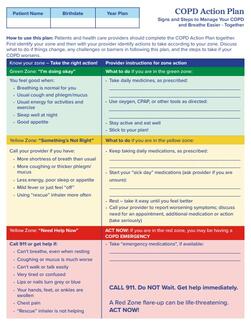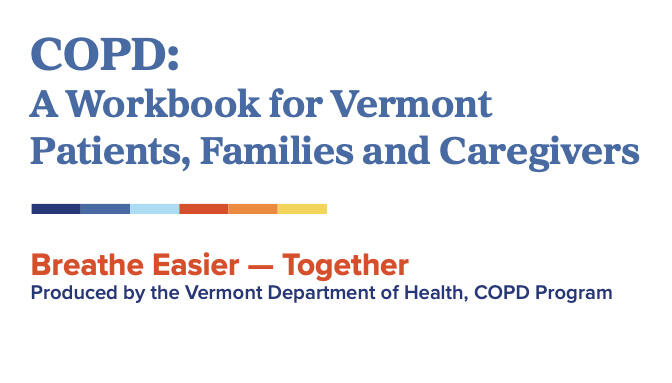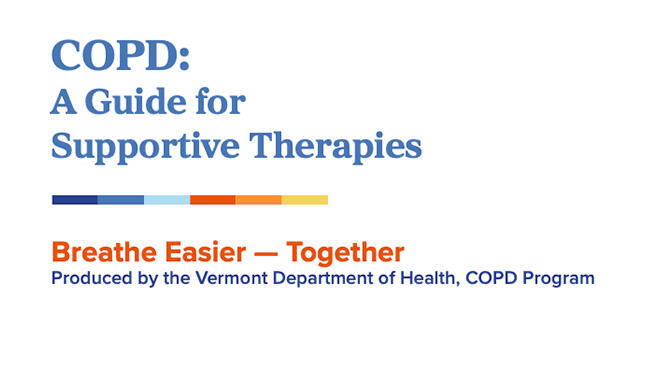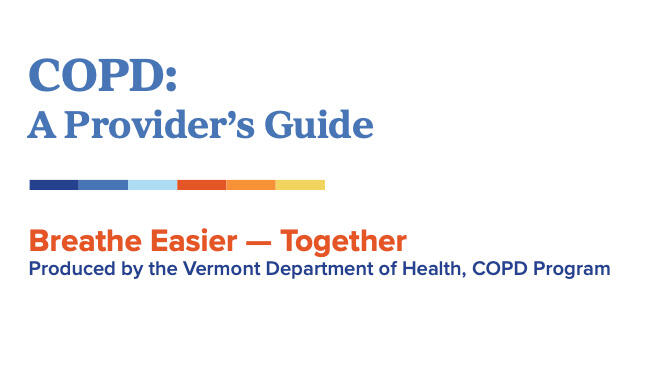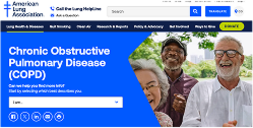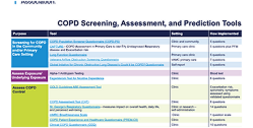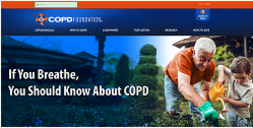Preventing and Slowing the Progression of COPD
The following actions can help you lower your risk for developing COPD or to slow its progression and lessen its impact on your life.
- See if you are in a high risk group for developing COPD in Vermont by visiting COPD: Chronic Obstructive Pulmonary Disease.
- Quit smoking (cigarettes and little cigars) and stop use of vape products is one of the most important steps you can take. Those who smoke and vape are at great risk for COPD. The risk of COPD drops when you stop smoking. Even if you have been smoking for many years, quitting at any age has benefits and can still help prevent development of or progression of COPD. For help, visit 802Quits.org.
- Avoid other exposures that irritate your lungs, including:
- Secondhand smoke
- Indoor and outdoor air pollution (wildfire smoke, fireplaces, wood stoves, ozone, particle pollution, fumes, gases, industrial dusts)
- Discuss with other workers and employers easy and low-cost best practices for reducing worksite exposures. This may involve a combination of strategies to eliminate the hazard, substituting products or processes, using engineering or administrative controls (whether filtration, staff rotations, etc.), and if necessary, using personal protective equipment (PPE) if you work in occupations with dangerous exposures.


